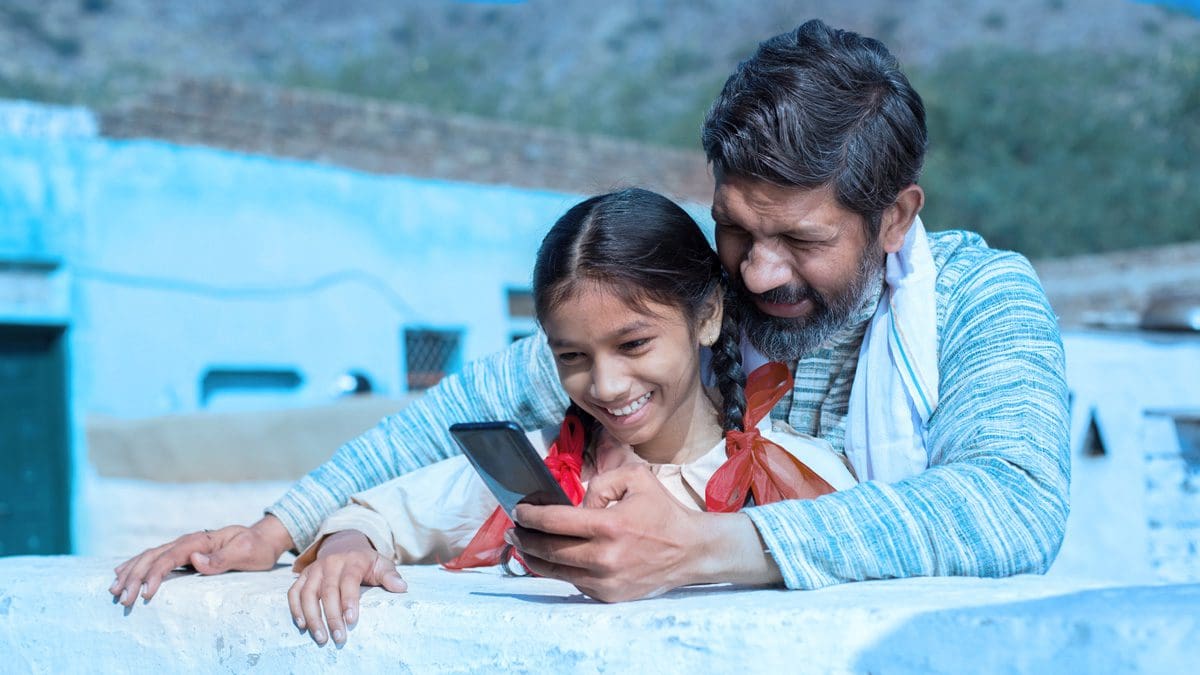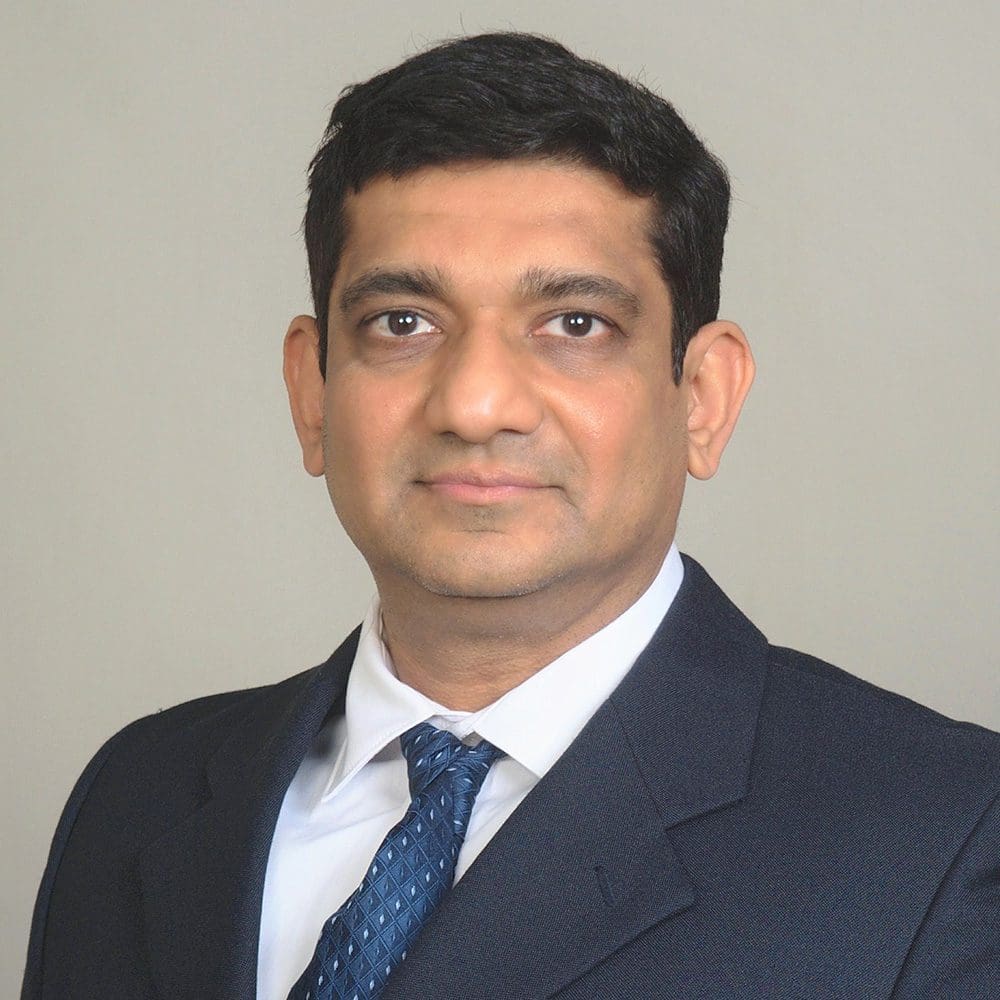View Video Transcript
Purva Rajkotia
Hello, everyone. Welcome to the Connectivity and Telecommunications Practice video series, I’m the practice lead and your host Purva Rajkotia. We have with us Anmol Dubai, who is the chair of the new industry connections program, a user-centered approach to designing a user interface for rural communities. Welcome, Anmol, to this series. For the benefit of the audience, if you can just introduce yourself, the new IC program that you are leading, and the mission of this particular program?
Anmol Anubhai
For sure. My name is Anmol Anubhai. I’m a design researcher by profession. I have a background in engineering and human-computer interaction and design, so UI UX, but then also just using qualitative and quantitative design research methods to build technologies that are people-focused instead of being tech-focused. I’ve worked for companies such as Google, Uber, and Amazon. I also lead this little startup that I did with two of my colleagues back in India that focused on educating women in rural parts of India about maternal healthcare issues. And that in fact got me thinking about how we need to come together as a community to really see how we can better understand the sensitive populations like rural communities, and better understand what these obstacles are that they face. It could be a lack of tech and literacy, overall, us pushing a lot of jargon onto them. And then therefore not being able to fully leverage technologies in a variety of spaces and domains like healthcare and easy access to healthcare information.
For example, COVID and the COVID app. They’re not being able to successfully use it and sign up for vaccination appointments there. Often there’s also a language barrier, so how can we translate it and make it really simple to digest and comprehend that they can use technology for health care information, but then also moving ahead, education, agriculture and so many other similar spaces into beings. So we really want to bridge that gap and that is what this community is going to be all about. It’s going to be people first and we are going to focus on understanding them better.
Purva Rajkotia
What are the real-world issues we are trying to address here?
Anmol Anubhai
So even when I was working on my startup, I think thing that we saw is that we as a different people who belong to almost a different type of persona or coming from communities with all these had access to certain types of resources and education, we have a lot of myths and we tend to stereotype when it comes to understanding who the populations and what the needs are. It’s only when we actually go on field and do qualitative and quantitative research, we actually understand what the read needs are. For example, when we started off working on campaigning, we thought we would come up with this fancy diagnosis device that uses AI. And then when we went on field, we realized that the actual challenge was completely different. We realized that we actually want to focus on education and that too using audio. So very simple solution. If you come to think about it, like an IVR system and interactive voice response system, and there is no fancy computer vision or AI and then play, but that is what we want to do even as a community, which is we want to not focus on how best we can add that fancy bit of AIML or any other form of technology, but instead focus on what are these myths that we have, what are these myths that seem to emerge out of us, unfortunately, stereotyping these communities. And how can we move past that? How can we go and educate ourselves about what their realities are and what are the challenges they face? We can then help them and bridge that gap using technology if technology at all is done. So if it’s not then maybe we explore and investigate other challenges of reaching out to them and solving their problems.
Purva Rajkotia
And what makes it urgent that we need to address this issue now?
Anmol Anubhai
I’m going to first talk about coming from a community that is more tech-centered. I come from, uh, this community that works on developing AIML IoT technology solutions. I’ve always done that previously, but I think what I see a lot of is that these forms of technologies, these platforms are increasingly getting democratized. We now want to make them available for all. It’s not about one specific user segment. As a lot of teams that some of these tech companies called them next billion users are what we now need to focus on. So developing countries, rural communities, how can we make these technologies a way to go to them? Because especially now when there are technologies and then there is data gathering, we want to make sure that everyone is represented including these sensitive populations.
We cannot completely disqualify that the important and very crucial role that they play and the value that they add to our community and society today. So therefore we want to ask this IEEE community to adopt the society centered approach and make sure that we’re including them, we’re inviting them into this discussion and also building for them. For example, the COVID app. Everybody needed to sign up for the vaccine. So how can we come up with this very complex information architecture using an app that also uses complex terms and almost make it impossible for people to sign up? I think the stakes are really high. So how can we just bust these walls that we have built and make technology available for all is what we are trying to focus on as this community.
Purva Rajkotia
Thank you. I think this is good insight for our audience. Thank you everyone for watching this. Please visit the IEEE SA Industry Connections program and learn more about our activities and how you can get involved.
Efforts to bridge the digital divide and support universal internet access have been made worldwide. An obstacle to enabling connectivity in rural areas is the lack of available technology and computer literacy among rural communities. As today’s technology solutions such as artificial intelligence (AI), machine learning (ML), and Internet of Things (IoT) are becoming increasingly democratized to consumers, there is an urgent need to widen our focus outside of developed nations and meet the needs of “the next billion users.”
Bringing together experts and designers from across industries, the IEEE Standards Association (IEEE SA) has launched an Industry Connections (IC) Program “User-Centered Approach to Designing a User Interface for Rural Communities.”
This IC program will lead qualitative and quantitative research initiatives to capture the explicit and tacit needs of rural communities. These insights will be used to develop a model for the design and implementation of user interfaces for rural communities. The development focuses on the design and evaluation of user interfaces by users with low levels of user interface experiences and low levels of computer literacy, the effect of raising the level of computer literacy. Through the IC program, we also hope to encourage discussion and increase awareness by sharing these principles in the community and enable collaboration initiatives with organizations interested in catering to the needs of this community.
This video Q&A interviews Chair of the IC program, Anmol Anubhai, as she shares her real-world and industry experience and how the IC program would help raise the level of computer literacy and make technology available to all.
Related Resources
About the Speaker
Anmol Anubhai is a human-centered design researcher, with international research experience and mixed research methods repertoire who is passionate about building meaningful emerging technologies. She has experience leading strategic qualitative and quantitative design research for spaces such as AI-driven recommender systems, IoT data analytics, healthcare, education, journalism, mobile vision, virtual reality, multilingual chatbots, and eco-friendly sustainable home appliances.









